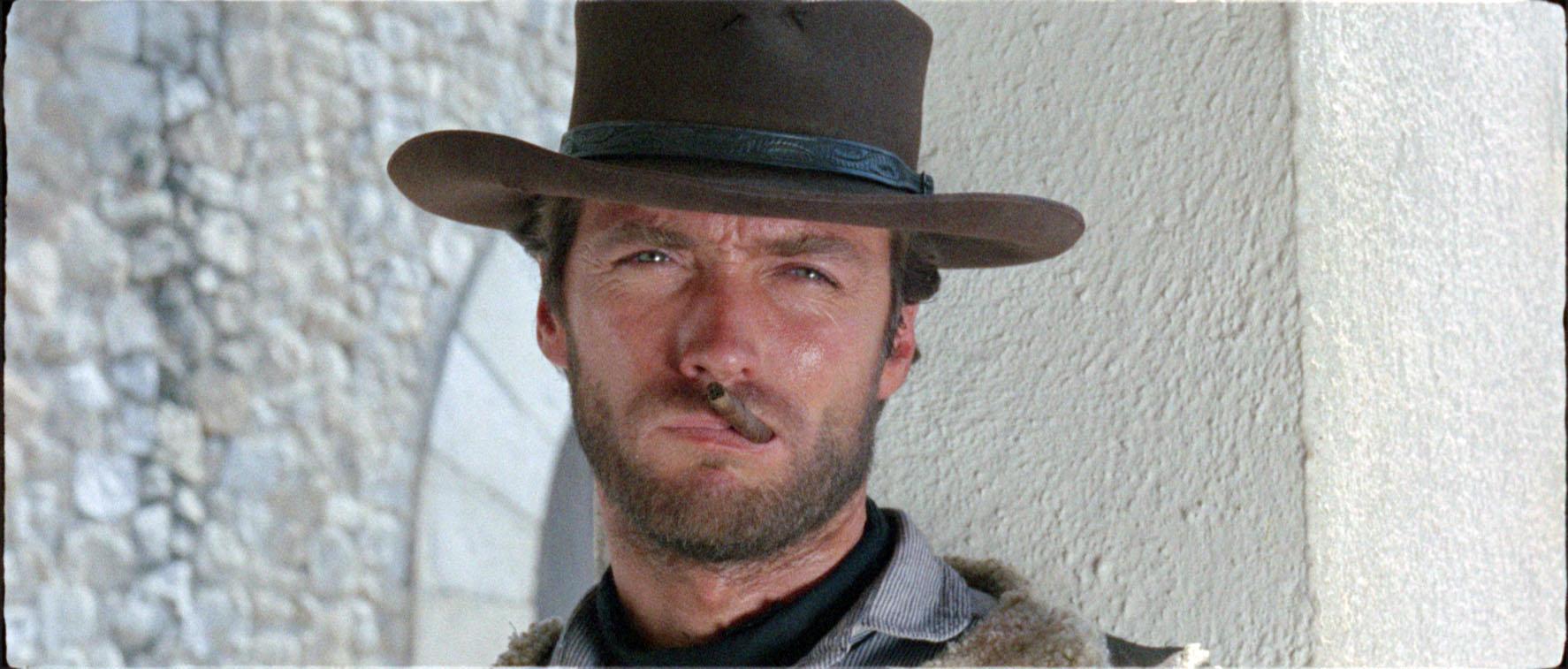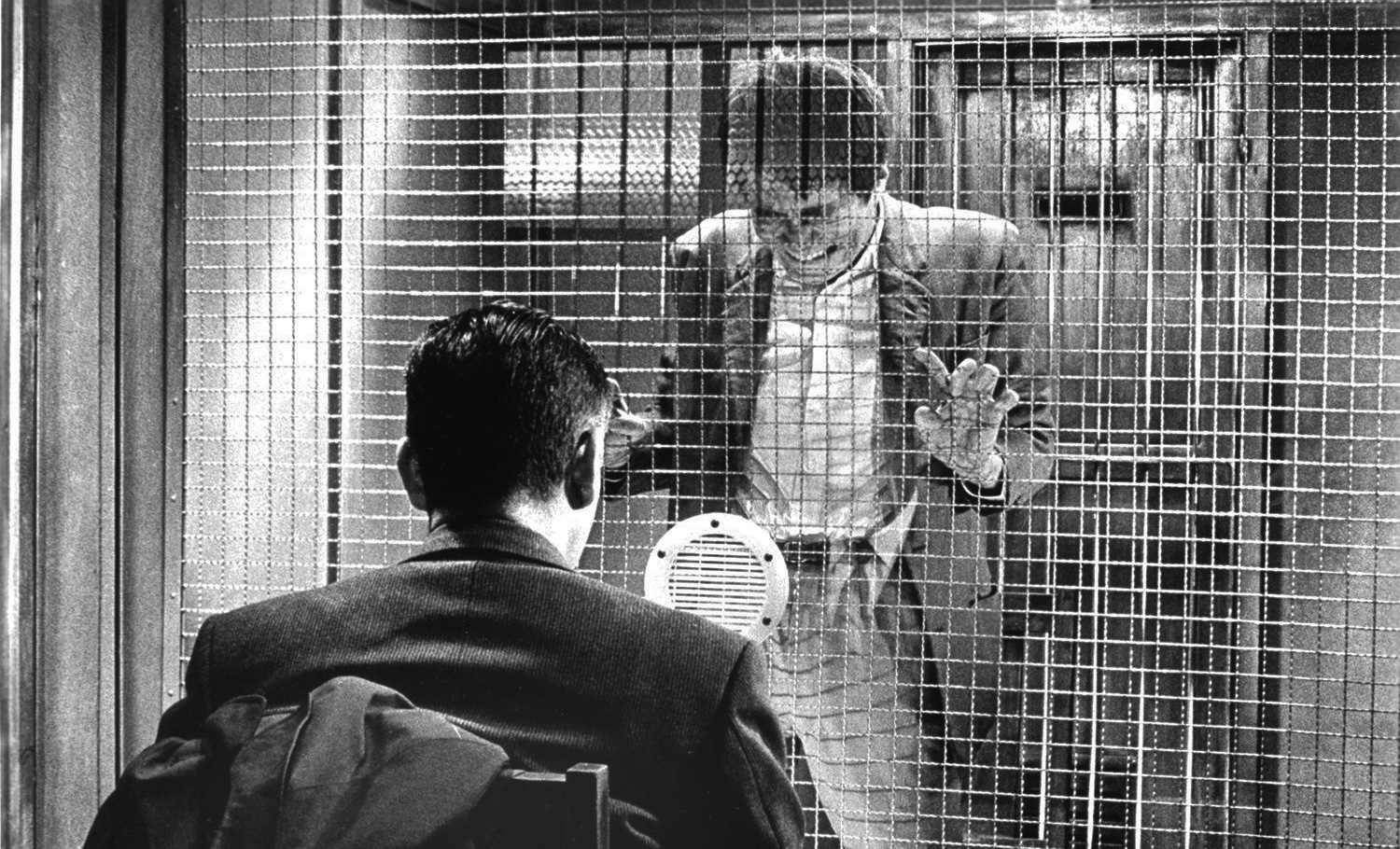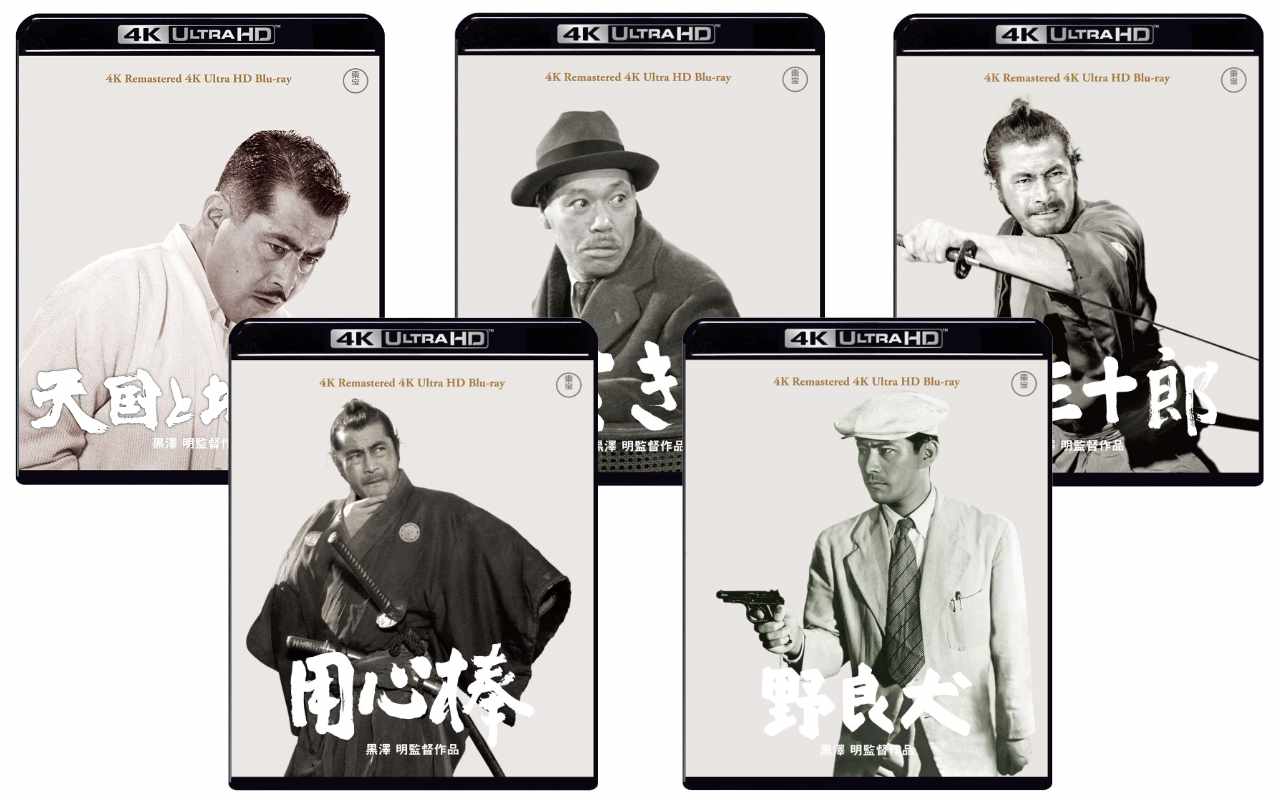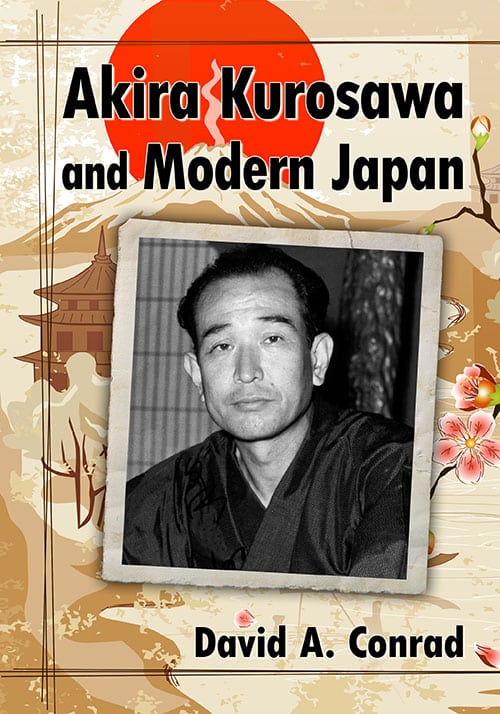Record of a Living Being: Music
-
10 July 2009
10 July 2009
While I think calling it science fiction is taking it a bit too far, I can somewhat see where it comes from as it’s a film that explores the effects scientific advancement has on people and society. The problem with this label, though, is that science fiction typically looks at something down the road and hypothesizes about how it may play out, whereas this film was merely reflecting things genuinely occurring in Japan at the time.
As for the instrument, I’m no expert, but that sounds like a theremin to me. If I may pass off a completely unresearched guess, I believe films dealing with the atom bomb were still rarely made in Japan at the time as, up until a year or two prior, the censorship of the American occupation was still in affect. But around that time, such allegorical sci fi films were a dime a dozen in the States, with the theremin being introduced as a major element through 1951’s DAY THE EARTH STOOD STILL. We know at least some of these films were playing in Japan because 1953’s BEAST FROM 20,000 FATHOMS was a direct influence (from what I’ve read) on GODZILLA in the following year, and the fact that the classic monster movie was directed by Kurosawa’s friend and crewmate Ishiro Honda means he may have caught some of these with his friend, or heard about them. Maybe this is Kurosawa’s comment to them, grounding the nuclear element in an honest and realistic way instead of broad allegory.
Once again, this is pure speculation.
Leave a comment
Log in or to post a comment!






There is very little music in Record of a Living Being. The theme, repeated at the beginning and the end of the film, is in some ways a very typical jazzy piece found in many contemporary Kurosawa films. But what makes it different is the instrument that gives the tune a very eerie, haunting mood, in some ways reminiscent of many science fiction films of the time.
What is that instrument? Is it a theremin?
And why, do you think, it was used in the film?
I have seen it remarked a few times that Record of a Living Being is “Kurosawa’s scifi film”. Although I take these comments to be of the less serious kind, I wonder if they were influenced by the theme music, rather than the actual content of the film, which at least in my mind has no real connection with science fiction.